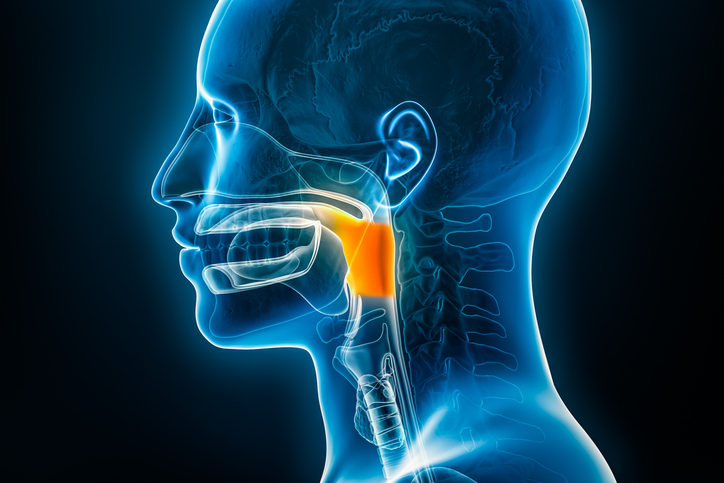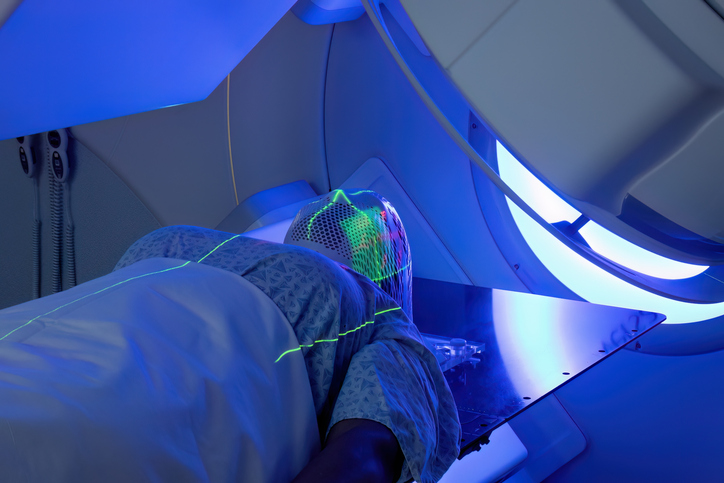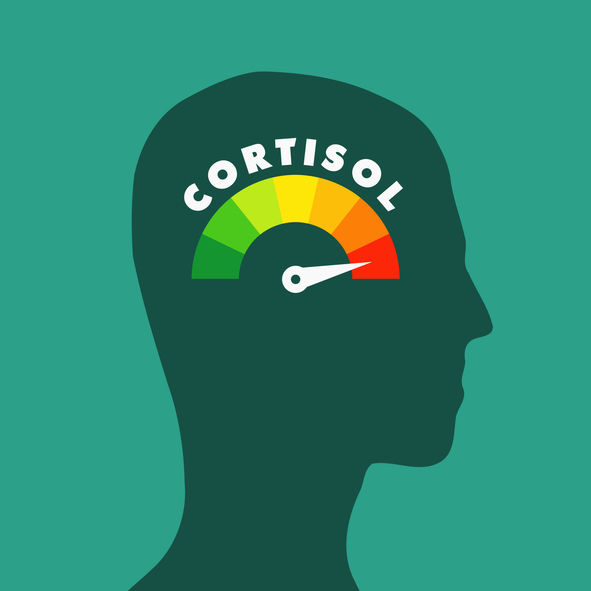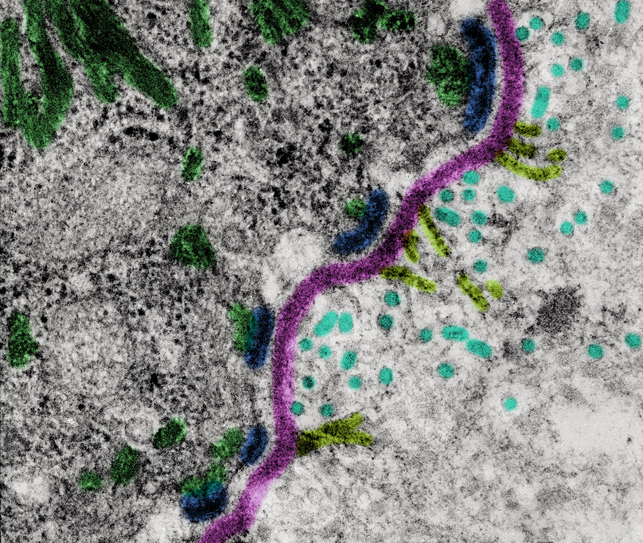Dr. Mirhadi on Optimizing Radiation Therapy in Head and Neck Cancer
By Dr. Amin Mirhadi, Rob Dillard - Last Updated: March 11, 2025How can clinicians optimize treatment for patients with head and neck cancer? Does proton therapy offer a useful treatment option? What are the advantages and drawbacks of proton therapy? To answer these complicated questions, DocWire News spoke with Dr. Amin Mirhadi, senior medical director of Surgical Oncology, Evolent.
DocWire News: What are the primary goals when optimizing radiation therapy in head and neck cancer patients?
Dr. Amin Mirhadi: Good question. So for head and neck cancer in general, it’s a very toxic treatment that’s typically treated with radiation, plus or minus chemotherapy, plus or minus monoclonal antibody therapy. The goal of treatment is, of course, to eradicate all the disease that’s visible. But also, in addition to that, you want to limit the toxicity, most importantly to the esophagus, but also to the surrounding skin and the salivary glands. And this can be accomplished in a number of ways. In terms of radiation, you want to make sure that you are properly avoiding these areas with the proper technology.
How does the location and stage of head and neck cancer influence the type of radiation treatment used?
Well, if it’s localized to a primary site, such as the tonsil or the base of the tongue, there are scenarios where you can get away with just delivering radiation to that location. But once it starts spreading to lymph nodes, then you have to target not just those lymph nodes, but other potential lymph nodes that may be involved. And sometimes they might cross over onto the opposite side of the neck, in which case you have to radiate a much larger area.
Can proton therapy reduce radiation exposure to surrounding healthy tissues, and what benefits does this offer to head and neck cancer patients?
Proton therapy can, potentially. What it can do is it can diminish the amount of radiation administered to the skin. So the skin might receive a little bit less radiation utilizing protons, although that advantage is not usually substantial. Protons can also shape the radiation around the salivary glands a little better as well. And shape it around concave or convex structures such as the trachea or the spinal cord as well. I will say that the advantage of protons are relatively limited in this setting.
Can proton therapy help in reducing long-term side effects such as fibrosis or tissue damage in head and neck cancer patients?
It can, although the jury is still out a little bit on that. Some people report anecdotally, without the highest quality of data, that the skin and the soft tissue can get less radiation dose and you can get less fibrosis. Although that’s never really been realized in long-term clinical studies.
What are the costs and availability of proton therapy, and does this impact its widespread use for treating head and neck cancer?
The availability is relatively limited. There’s only a handful of proton centers throughout the country. And quite frankly, existing technology with IMRT [intensity-modulated radiation therapy], with the existing type of IMRT that we have today, tends to be roughly similar in outcome to protons.
Closing Remarks
I think the technology has evolved quite a bit. And protons might have some advantage, but a lot of those advantages are mitigated by the quality of IMRT machinery that we have nowadays.







 © 2025 Mashup Media, LLC, a Formedics Property. All Rights Reserved.
© 2025 Mashup Media, LLC, a Formedics Property. All Rights Reserved.